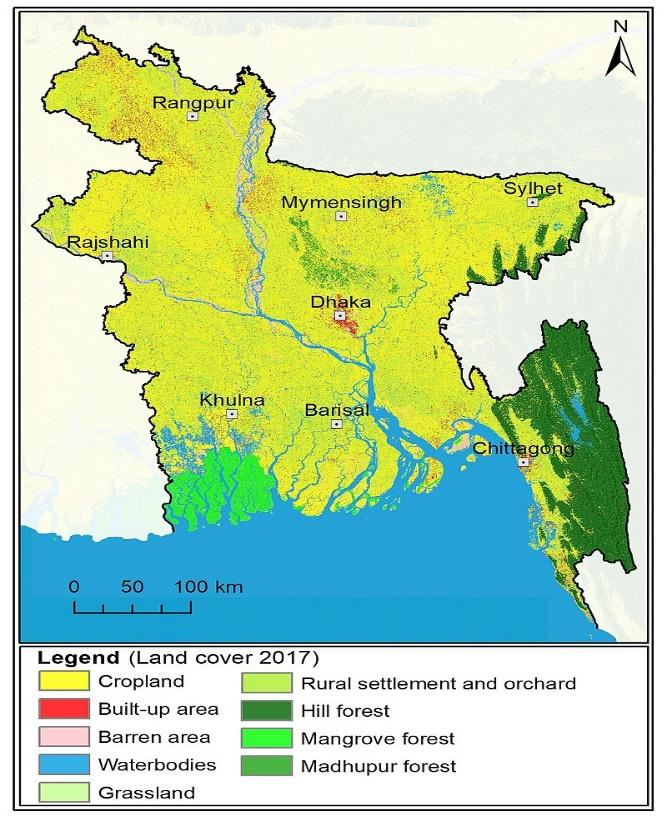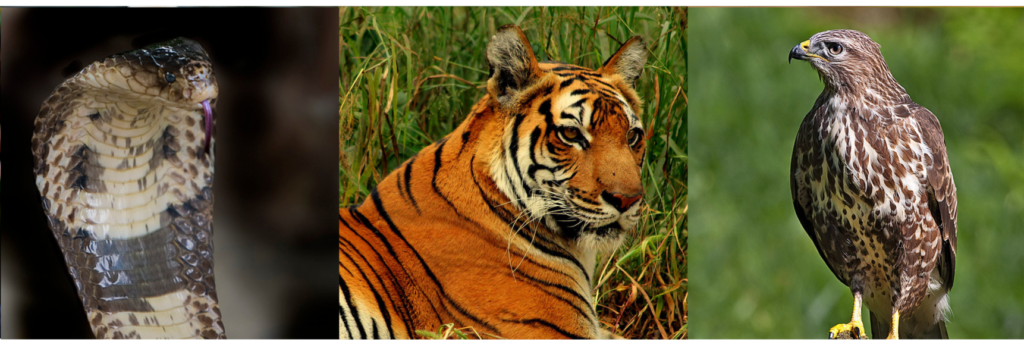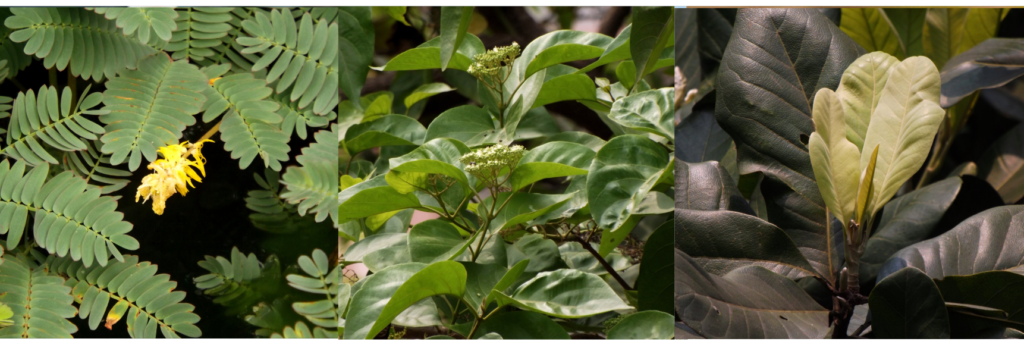Biodiversity refers to the variety of life that may be found in a given place. It includes animals, plants, fungi, and even microbes such as bacteria.
Read more: What Is Biodiversity?
Bangladesh is a part of the Indo-Burma biodiversity hotspot, meaning the area’s biodiversity is rich, but is also threatened. The Indo-Burma hotspot is one of the top 10 biodiversity hotspots in terms of irreplaceability, and one of the top 5 in terms of threat. Bangladesh is rich in biodiverse, native flora and fauna. Therefore, biodiversity conservation in Bangladesh is of the utmost importance.
Table of Contents
Biodiversity of Wildlife in Bangladesh
Biodiversity of Plants in Bangladesh
Threats to Biodiversity in Bangladesh
Biodiversity Conservation in Bangladesh
Biomes in Bangladesh
Biomes are large geographical areas distinguished by their vegetation, soil, climate, and wildlife. Biodiversity exists in all types of biomes, though some biomes are more biodiverse than others. Bangladesh has several biome types, including:
- Coastal Lagoons and Mangrove Forests
- Rivers and Freshwater Swamp Forests
- Tropical Rainforests
- Deciduous Forests
- Grasslands
- Croplands
Read more: Biomes and Biodiversity
The image below shows the different land uses in Bangladesh, which provides a high-level overview of the spread of different biomes throughout the country.

Biodiversity of Wildlife in Bangladesh
Despite its small regional size, Bangladesh has a diverse wildlife population. Part of the Indo-Burma biodiversity hotspot, Bangladesh is home to many endemic species of flora and fauna, meaning not only are they native, but they do not exist elsewhere, making them more vulnerable to extinction. Over the last century, 13 species of wildlife have become extinct from Bangladesh.
Reptiles
About 137 reptile species can be found in Bangladesh, including Elapid Snakes, Monocled Cobras, and Marsh Crocodiles.
Mammals
Bangladesh is home to 121 species of mammals, including Gaurs, Red Foxes, and Royal Bengal Tigers.
Birds
About 690 species of birds inhabit Bangladesh, including Hornbills, Kingfishers, and Accipitridae.
Freshwater Fish
There are about 251 freshwater fish species in Bangladesh, including Mottled Zipper Loaches, Banded Eagle Rays, and Gangetic Ailia.
Saltwater Fish
There are approximately 402 saltwater fish species in Bangladesh, including Bengal Yellowfin Seabreams, Atlantic Goliath Groupers, and Yellow Spotted Kingfish.
Amphibians
About 49 amphibian species were recorded in Bangladesh, including different kinds of frogs, such as Banded Bullfrogs, Green Puddle Frogs, and Corrugated Frogs.
The image below shows some of the wildlife species that can be found in Bangladesh: the Monocled Cobra, Accipitridae, and the Bangladesh national animal, Royal Bengal Tiger.

Biodiversity of Plants in Bangladesh
Bangladesh is home to a diverse range of flora, with over 6,000 plant species, 300 of which are exotic and 8 of them are endemic. However, in keeping with the area’s “ biodiversity hotspot” designation, 95 vascular plant species are listed as threatened in the region.
The image below shows some of the flora species found in Bangladesh: the Sensitive Neptunia, Koya-Jarul, and Wild Magnolia.

Value of Biodiversity in Bangladesh
Biodiversity in Bangladesh creates aesthetic, cultural, biological, and economic value. For example, some mammal species are associated with Bangladesh’s cultural history:
- The Bengal tiger is Bangladesh’s national animal.
- The Bengal tiger also appears as the symbol of the country’s National Cricket Team.
- Asian elephants have long been associated with the lineage of Bengal royalty.
- Monkeys and langurs are valued by Hindus due to their association with their God Rama.
Biodiversity in Bangladesh plays a big part in the country’s economy. Around 70% of the land in Bangladesh is used as agroecosystems, a cultivated ecosystem in which natural mechanisms of ecosystems, including the relationship between species, are used by humans to produce agricultural goods and services. Humans have transformed the land to generate products that benefit their economy and sustain the country’s dense human population.
Agricultural crops produced by plant biodiversity in Bangladesh, such as rice, wheat, maize, potatoes, pulses, and oilseeds from rapeseed, contribute 12.92% of the GDP.
Threats to Biodiversity in Bangladesh
Biodiversity is important in maintaining the balance of the ecosystem. However, biodiversity in Bangladesh is being threatened by several man-made factors. In the past century, Bangladesh has lost around 17% of its biodiversity.
Environmental problems in Bangladesh that threaten biodiversity include, but are not limited to:
- Unsustainable use of natural resources
- Deforestation
- Illegal hunting
- Industrial and agricultural pollution
- Pressure due to increase in population
For example, the deforestation in Bangladesh, which destroys about 8,000 hectares of forested land per year, is amplified by human overconsumption of natural resources for necessities such as fuelwood and other forest products. Another human factor that causes deforestation in Bangladesh is rapid population growth, which creates an increase in demand for food, urban spaces, and infrastructure spaces for transportation and energy. These demands result in the conversion of forested land to agricultural and industrialized spaces.
The image below shows the deforestation caused by the shifting agriculture system in Sangu Reserve Forest, Bangladesh.

Biodiversity Conservation in Bangladesh
As an initiative for biodiversity conservation in Bangladesh, biologically rich areas have been legally protected through the creation of national parks, wildlife sanctuaries, ecologically critical areas, eco-parks, and botanical gardens.
Terrestrial Protected Area Coverage:
A total of 6,456km2 of the land area is protected in Bangladesh. This represents only 4.61% of Bangladesh’s total land area of 140,160 km2.
Marine Protected Area Coverage:
A total of 4,530 km2 of Bangladesh’s marine and coastal area is protected. This is 5.36% of Bangladesh’s total marine and coastal area of 84,563km2.
The image below shows the growth in protected areas in Bangladesh per km2 throughout the decades.